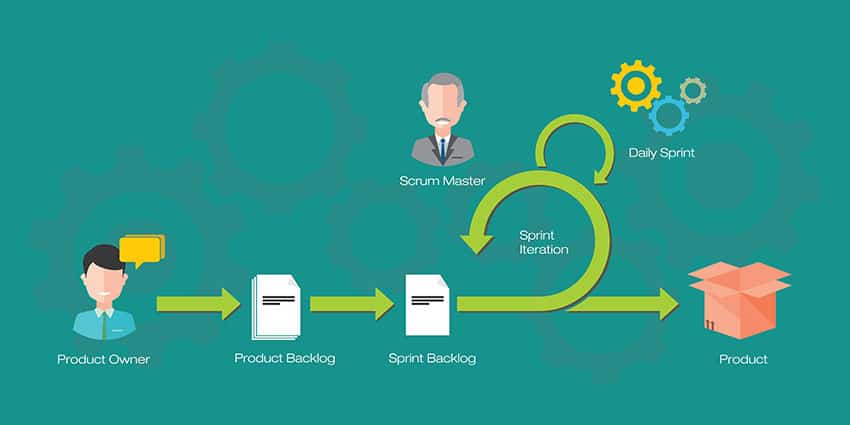When it comes to reducing overhead, fewer methods are more effective than eliminating as much waste as possible. A lean, productive machine is also hypothetically more profitable.
Many companies may succumb to certain common types of production waste, particularly in the manufacturing world. These types of waste were originally identified by Taichii Ohno to improve Toyota Motor Corporation’s production system. While the seven sins were founded to increase efficiency in a manufacturing environment, these are applicable to production cycles across a gamut of industries.
1.Overproduction
Whether you’re making widgets, software or content, this principle dictates that companies shouldn’t create more than they can sell. Make what is needed; nothing more, and nothing less. While manufacturing has adapted to a just-in-time production process, it is taking a bit longer to adopt this methodology in corporate workplaces. The pace of business is very rapid and the frontlines need to be agile. For example, in silo organizations, the marketing department could create content or a campaign that is irrelevant to what the sales team needs, effectively creating an overproduction of work without any positive, tangible results. This is a drain on resources and lowers overall productivity.
2. Delay
Many businesses are guilty of succumbing to the sin of delay. Whether it’s a delay in the production process, a missed deadline or a bottleneck in completing a project, any time spent waiting around is wasteful and can be avoided. It’s integral to identify potential delays early on in the work process, especially at the task level. Consider implementing work-in-progress limits at each workflow step. This can help manage projects more effectively, prevent tasks from languishing and avoid bottlenecks.
3. Transportation
Whether it’s physical or digital, any movement that doesn’t add value is unnecessary. Movement eats up resources and time — and as we all know, time is money. That’s why manufacturing environments organize production process steps close to each other to avoid the time needed to transport parts. The same thinking should go into how teams are situated together. A suggestion is to design workflow first, then organize team arrangements according to workflow rather than positioning them by function. By organizing teams this way, it also reduces the risk of unintentional silos within an organization.
4. Over Processing
This idea is particularly applicable to all forms of industry. Many companies create workflows and processes that require more steps or “work” than is necessary to complete a project. Excising steps that don’t add value to the customer or the product can save time and resources. Evaluate your processes and see where you can simplify and cut any process waste. As a rule of thumb, every person in your value chain should be able to articulate the process.
5. Inventory
According to this idea, any raw materials, supplies, or even finished products just sitting and collecting dust are all signs of waste. Although some inventory is necessary, unless a customer has paid for these resources, then they shouldn’t be sitting idle.
And the longer this inventory sits unused, the more likely it is to create other kinds of waste. Eventually these resources could be damaged or go out-of-date — and that’s money down the drain and lost productivity. For example, keep your raw digital inventory in good standing and remove older, out-of-date digital inventory on a frequent clean-up cycle. This helps remove clutter.
6. Motion
Are your human resources being used to their utmost potential? Examine your workflows and process to see if there are redundancies or human effort input that is unnecessary. All organizations also have bottlenecks, so consider using a Kanban Board for clarity followed by redeploying human resources to areas where bottlenecks occur.
7. Defects
Create a product or service that satisfies a customer on the first try — anything less is a waste of time and effort. This concept covers customer complaints, products held due to quality control or anything that needs reworking. Aim for the best product or service each and every time to avoid process waste and lost profitability. Sure, that’s easier said than done, but if you are developing a product or service and see that it’s not meeting the customer need early in the development cycle, then pause, study and reset accordingly.






